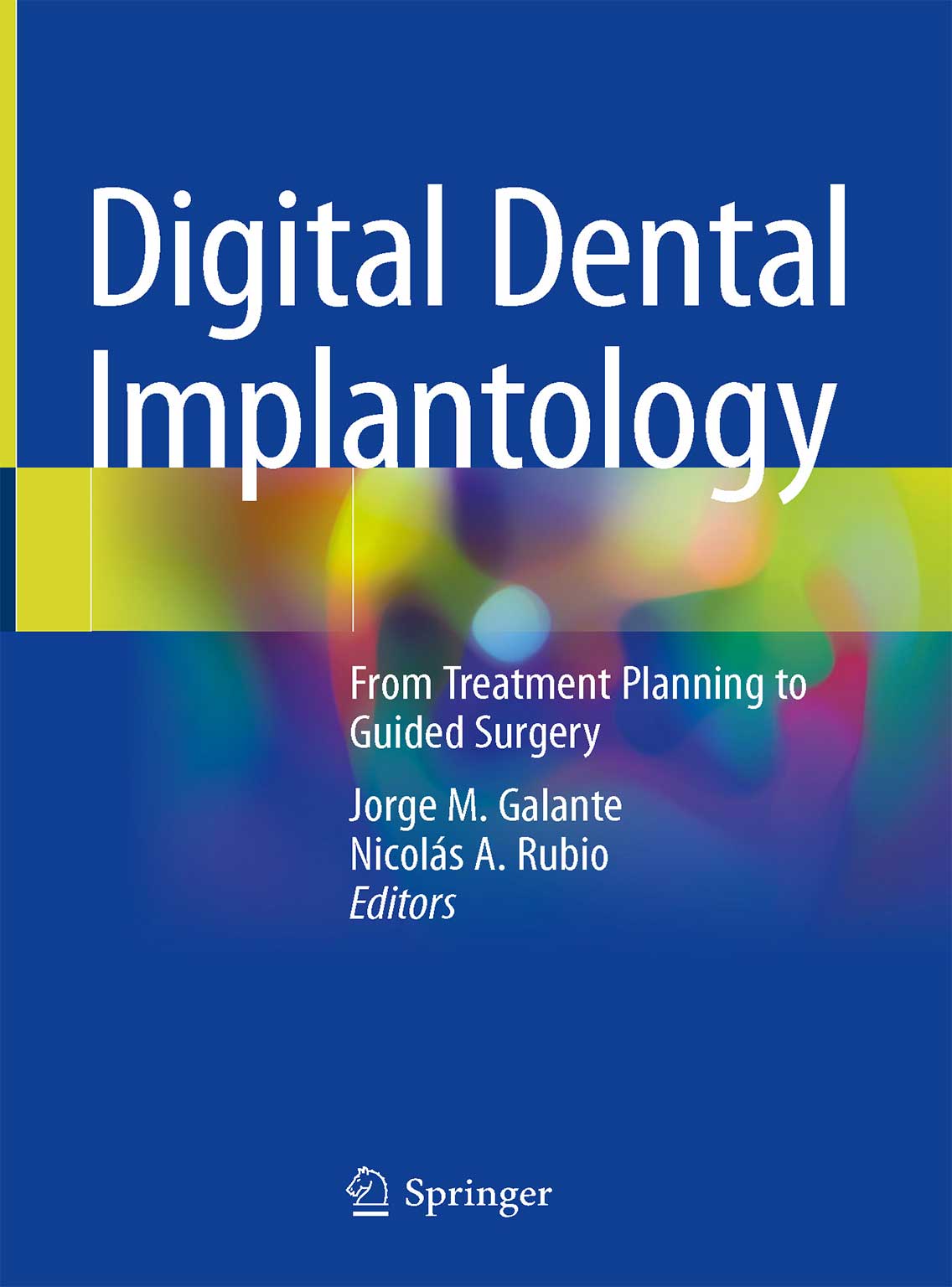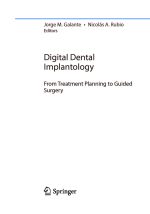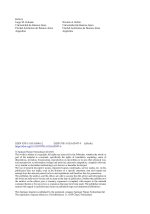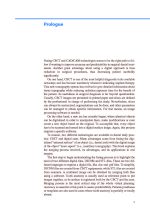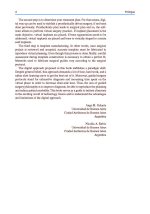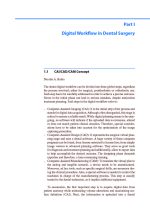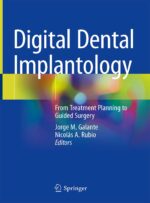Digital Dental Implantology: From Treatment Planning to Guided Surgery 2021
۸,۸۰۰,۰۰۰ ریال قیمت اصلی: ۸,۸۰۰,۰۰۰ ریال بود.۷,۴۸۰,۰۰۰ ریالقیمت فعلی: ۷,۴۸۰,۰۰۰ ریال.
کتاب افست “Digital Dental Implantology 2021” ویرایش اول
| Author | , |
|---|---|
| Edition Number | |
| Copyright Year | |
| Print color | |
| Page Count | |
| Cover Type | |
| Dimensions | |
| Paper type | |
| Publishers | |
| ISBN Number | |
| Weight |
Fusing CBCT and CAD/CAM technologies seems to be the right path to follow if wanting to improve accuracy and predictability in surgical dental treatments. Another great advantage about using a digital approach is time reduction in surgical procedures, thus decreasing patient morbidity significantly. On one hand, CBCT is one of the most helpful diagnostic tools available nowadays and has become mandatory whenever indicating implant therapy. This new tomography system has evolved to give detailed information about tissue topography while reducing radiation exposure time for the benefit of the patient. Its usefulness in surgical diagnosis is far beyond questionable. Usually, CBCT images are presented in printed paper and slices are defined by the professional in charge of performing the study. Nevertheless, slices can always be customized, segmentations can be done, and other parameters can be managed to obtain specific information. For that means, an image processing software is needed. On the other hand, a new era has recently begun, where physical objects can be digitalized in order to manipulate them, make modifications or even create a new object based on the original. To accomplish that, every object has to be scanned and turned into a digital surface image. Again, this process requires a specific software.
To resume, two different technologies are available in dental daily practice: CBCT and digital casts. Many advantages come from fusing the digitalized “external surface” of an object (i.e., dental arch) with the digital image of the object “inner aspect” (i.e., maxillary tomography). This book explains the merging process involved, its advantages, and its applications in oral surgery. The first step to begin understanding the fusing process is to highlight the need of two different digital files, DICOM and STL files. These are two different languages to express a digital file, like .doc and .pdf files. To simplify, DICOM files are created from CBCT equipments, while STL files are created from scanners. A combined image can be obtained by merging both files using a software. Tooth anatomy is usually used as reference point to put images together, as its surface is registered both by the CBCT and the scan. Merging process is the most critical step of the whole virtual planning. Accuracy is essential at this point to assure predictability. Patients prostheses or templates are also used in cases where tooth anatomy is partially or totally absent. The second step is to determine your treatment plan. For that means, digital wax up can be used to stablish a prosthetically driven surgery, if not been done previously. Prosthodontic plan leads to surgical plan and so, the software allows to perform virtual surgery practice. If implant placement is the main objective, virtual implants are placed; if bone regeneration needs to be addressed, virtual implants are placed and bone is virtually shaped to contain said implants. The third step is template manufacturing. In other words, once surgical project is reviewed and accepted, accurate template must be fabricated to reproduce virtual planning. Even though this process is done fluidly, careful assessment during template construction is necessary to obtain a perfect fit. Materials used to fabricate surgical guides vary according to the surgical protocol. The digital approach proposed in this book stablishes a paradigm shift. Despite general belief, this approach demands a lot of time, hard work, and a rather slow learning curve to get the best out of it. Moreover, guided surgery protocols stand for exhaustive diagnosis and increasing time spent on the virtual phase in order to decrease chair-side time. Thus, the aim of guided surgery philosophy is to improve diagnosis, be able to reproduce the planning and reduce patient morbidity. This book serves as a guide to initiate clinicians in the exciting world of technology fusion and to understand the advantages and limitations of the digital approach.
